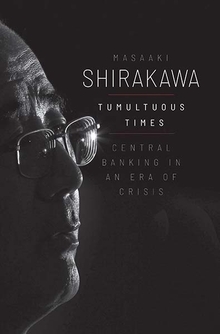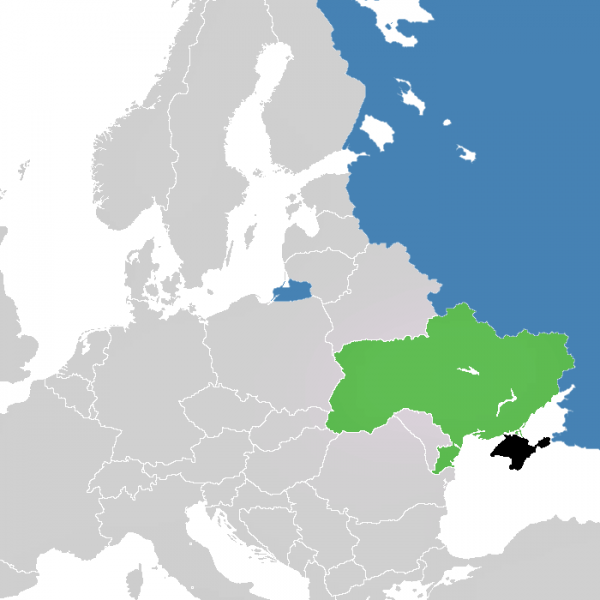Can We Learn from the Experiences of Foreign Countries?
Masaaki Shirakawa—
Currently, overnight interbank interest rates in many developed economies are zero or slightly negative, and long-term interest rates are also extremely low. Did policymakers and economists expect it to happen and persist, say, twenty years ago? Back then, only Japan experienced such a situation, and it was regarded as a phenomenon unique to Japan, which was caused by a poor understanding of the orthodox macroeconomics. Many western policymakers and economists were confident about avoiding such a situation in their own economies. They believed they had drawn “lessons” by carefully studying the Japanese experience. First, deflation was diagnosed with the main cause of low growth of Japan. Second, it was concluded that central banks have to avoid at all costs the interest rate slipping into zero lower bound by deploying appropriate monetary policy. Third, they believed that aggressive monetary easing in a prompt manner after the bursting of a bubble would work well.
These lessons and this narrative were so powerful. It has become an intellectual foundation of the monetary policy after the Global Financial Crisis. It affected the policy debate in Japan as well. Eventually, the Bank of Japan’s balance-sheet enormously ballooned after 2013.
But the Global Financial Crisis and the development thereafter are casting serious doubt on the validity of such narrative. Many developed economies were plagued by persistent low inflation, low growth, and low interest rates until recently. Why did it happen? Is it because central banks in many developed economies did not pursue aggressive monetary policies as recommended in the aforementioned “lessons”? I suspect nobody shares this hypothesis. Monetary policies adopted were truly aggressive. An alternative hypothesis is that some of the “lessons” were simply wrong.
Recently, Laurence Summers, observing the Japanese monetary policy experiment after 2013, which was heavily influenced by the orthodox macroeconomics, said, “the utter failure of the Bank of Japan’s extensive efforts to raise inflation suggest that what was previously treated as axiomatic is in fact false: central banks cannot always set inflation rates through monetary policy.” I agree with his candid observation. My sense is that academic and policy community needs serious soul-searching.
There are two sources of this community’s failure to learn the right lessons from Japan’s economic history.
The first lies in the fact that theories themselves are inadequate. Any intellectual model underpinning monetary policy is destined to be outdated, simply because the economy and society, which are complex adaptive system, are constantly changing, while experts’ belief in prevailing intellectual model, by which they are trained, is naturally strong. Policy framework such as inflation targeting is also built on such intellectual model. Any intellectual model or economic theory can be constructed by focusing only on the essential aspects of the economy, which means “non-essentials” are neglected. The distinction between the two is contingent on the nature of the problems to be solved. If the weakness of the economy is, say, due to a temporary demand shortfall, focusing just on demand side of the economy is acceptable. Similarly, if the macroeconomic instability is caused predominantly by inflation, focusing on this development is acceptable. However, what Japan experienced was completely different. Even in the famous bubble period in late 1980s, average inflation rate was below one percent. Low growth of the Japanese economy after the bursting of the bubble, dubbed as “lost decades,” was often reported, but the Japan’s average GDP growth rate of GDP per working-age population during the period between 2000 and 2013 was the highest among the G7 countries. This vividly shows that we cannot neglect an impact of demographic change, when we assess the long-run economic performance and hence draw policy lessons.
Economic theory is quite important, but in order for them to serve as a useful guide to policy, they have to be constantly updated as the economy goes through structural changes such as globalization, digitalization, rapid aging and lower birth rate, growing inequality, etc. When experts discuss macroeconomic policy, they have to be attentive to what can and what cannot be neglected.
The second source of failure to learn lessons from the experience of foreign countries lies in the difficulty with recognizing the subtle difference in “structures” among countries, which are crucial in formulating policies in a real world by utilizing theories. Such difference affects macroeconomic performance. A case in point is, for example, the Japanese labor market practice called “lifetime employment.” Japanese society prioritized maintaining employment over anything else. Management of firms did not resort to layoff of workers quickly, and workers in return accepted lower wages. The result is a combination of low unemployment rate and lower wages and price inflation. Viewed from this perspective, it is quite misleading to conclude low inflation or deflation is a culprit of the problem facing the Japanese economy. As mentioned before, a decline in aggregate GDP growth rate is importantly caused by a declining workforce. As this example shows, it becomes sometimes tricky and opportunistic to use foreign countries’ experience in policy discussions, unless careful observation of each society is made.
Recently, the debate on inflation risk is heightened globally, especially in the US and to a lesser extent in Europe, as the economy returns to normal reflecting progress on vaccination. Central banks so far tend to regard the rise in inflation rate as transitory. And they argue that even if it is not transitory, they know how to contain inflation and tools are available. On the other hand, they stress they are prepared to be patient in monetary easing. This policy asymmetry is due to their fear that deflation is more intractable than inflation. This is the basic tone of the recent review of monetary policy strategy by the Federal Reserve Board and European Central Bank, respectively. The Japanese experience is again cited implicitly in this review, though not explicitly in official announcement. What makes me feel unease is that this policy asymmetry seems to be influenced at least partly by their interpreted lessons of the Japanese experience. Powerful narrative dies hard. Policymakers in each country need to look into the validity of the current policy thinking without being influenced by popular but unfounded lessons.
Masaaki Shirakawa is distinguished guest professor at Aoyama Gakuin University in Japan and was governor of the Bank of Japan from 2008 to 2013 and vice chairman of the board of directors of the Bank for International Settlements from 2011 to 2013. He is also a member of the Group of 30.
Further Reading:



























